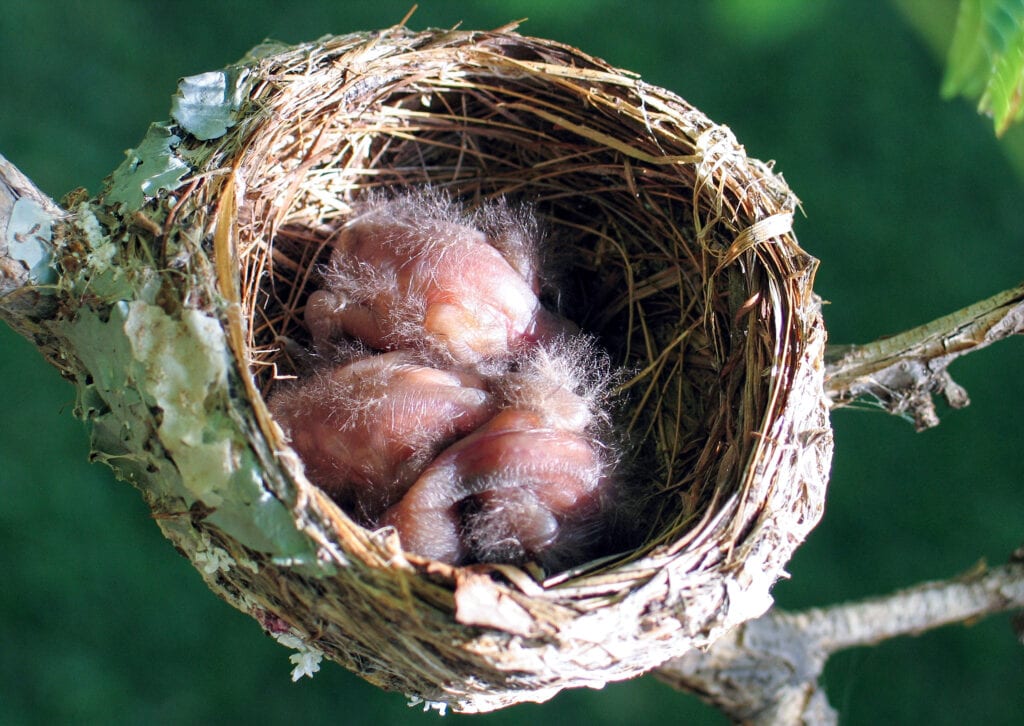As we all know, spring is a season of both migration and birth for many species of birds. All around the world, spring migrants are traveling to their spring breeding grounds, building nests, and beginning to rear their chicks. The findings of a new study may indicate, however, that many of these birds are having less chicks than in years previous. This is being attributed to increases in overall global temperature.
Related Article: Parrots Make Virtual Friends to Combat Loneliness
The study, which looked at global populations of over 100 bird species, analyzed population data from the last fifty years. Over this time period, the global temperature has increased by one degree Celsius. The findings of the study were fascinating. On one hand, the study found that overall 43 percent of bird species are currently experiencing a population increase, while roughly 57 percent are decreasing. This points towards an overall decrease in population, however the fact that some species seem to be unaffected, or even benefitting from these changes is surprising.
This brings us back to spring migration. Migratory birds rely on seasonal changes as cues which guide their life cycles. A warming planet means major changes to the patterns that govern the breeding processes for these birds. It is no surprise, then, that migratory species belong to the majority group that this study found to be decreasing as the climate warms.
Larger bodied birds were also found to be more likely to suffer from population decline under warming climate conditions. It is generally true that larger birds produce less offspring in general and dedicate more time to rearing their young. Take the endangered Whooping Crane, for example. These birds typically only produce two offspring a year, and so the success of those offspring are critical to the success of the species. If the season that these birds rely upon for breeding is shortened or changed, the entire year’s breeding effort may be lost.
On the other hand, the study found that smaller non-migratory birds may not be affected by the rising climate and, in some cases, may even be benefitting from the changes. Sedentary birds which do not migrate tend to have a higher degree of flexibility when it comes to the timing of their breeding. Their young do not have to be migration-ready by a certain time, so breeding late into the season is not necessarily a death sentence. Likewise, in many cases, non-migratory birds are able to produce multiple clutches of eggs per season. This means that they can take advantage of warm weather whenever it strikes to produce successful nests. Further cementing their advantage is the fact that smaller birds tend, in general, to produce larger clutches of eggs.
The relationship between the birds of this planet and its changing climate is a complex one that we do not have the tools to understand yet. Studies like this one shine a light into a dim area of scientific knowledge and allow us a closer look at this delicate relationship.
Popular Article: Microplastic Pollution is Affecting the Gut Health of Sea Birds

